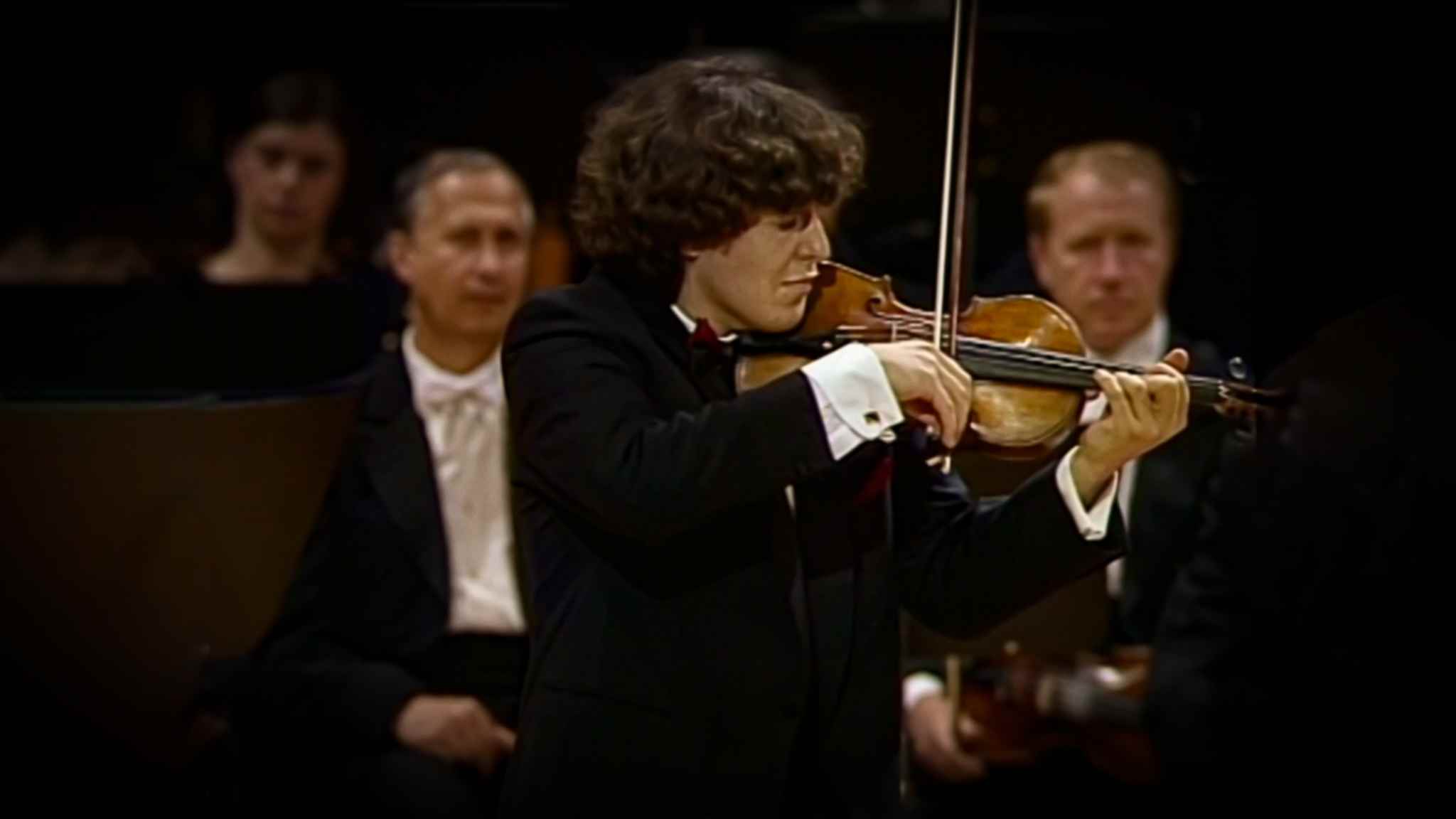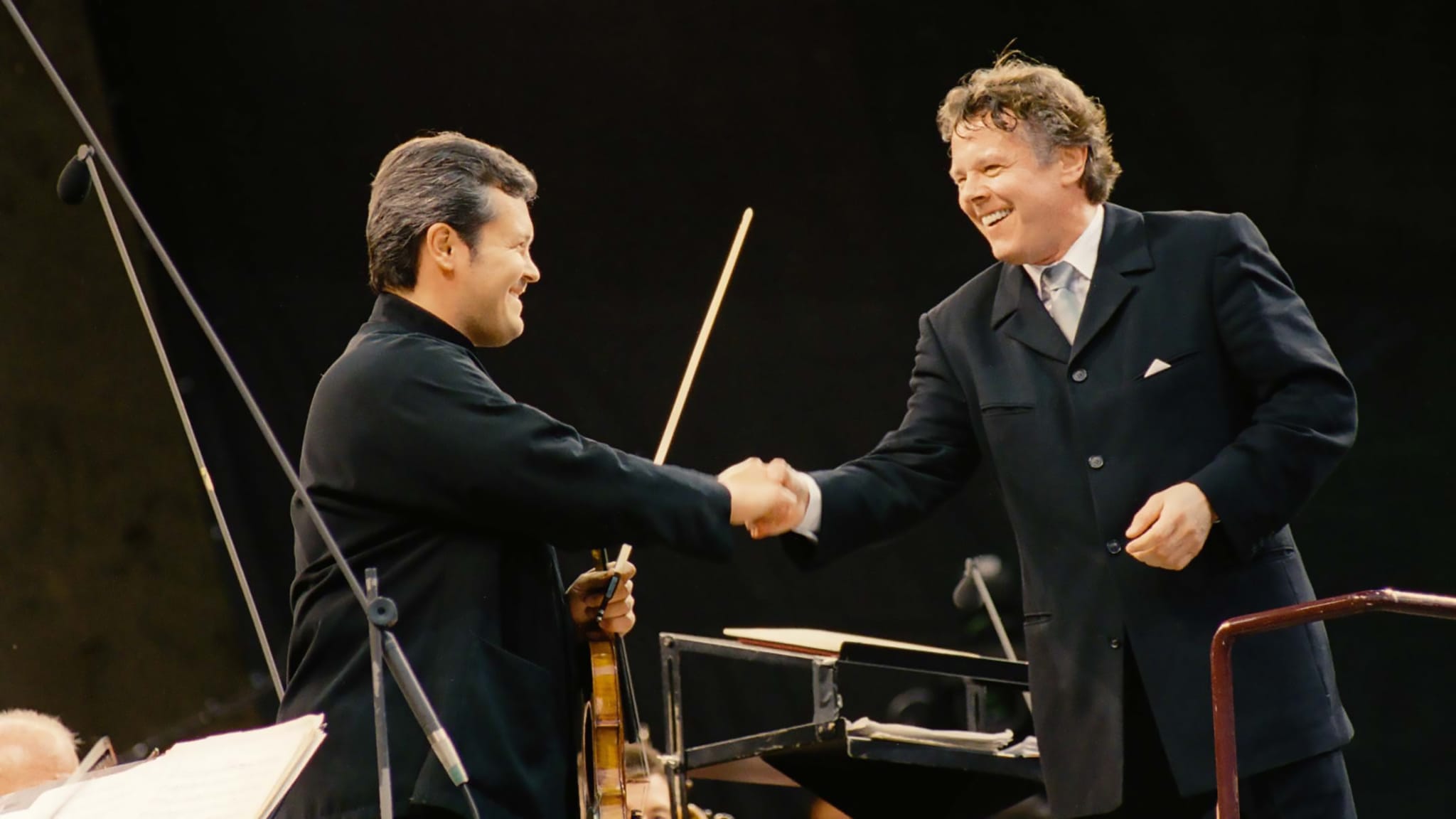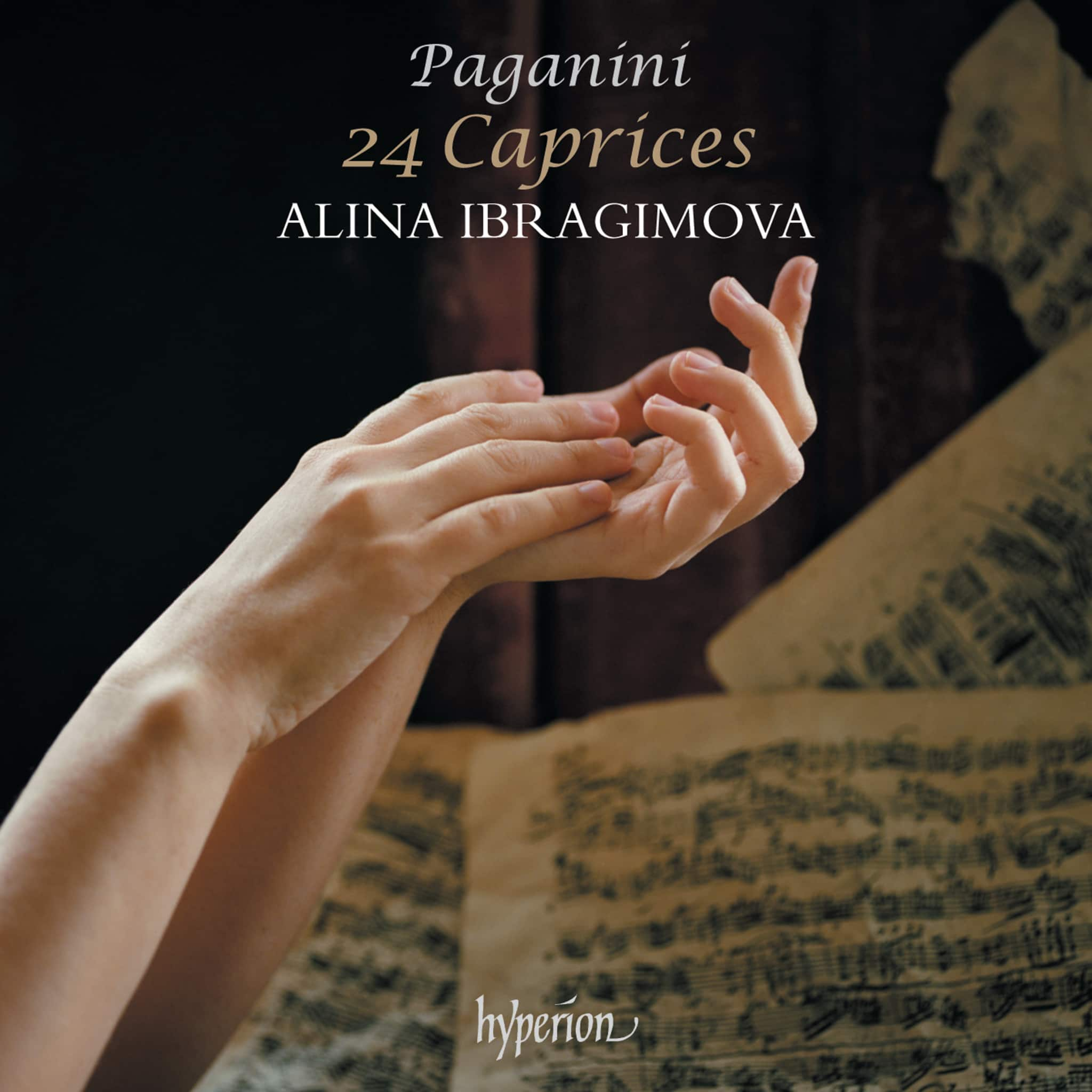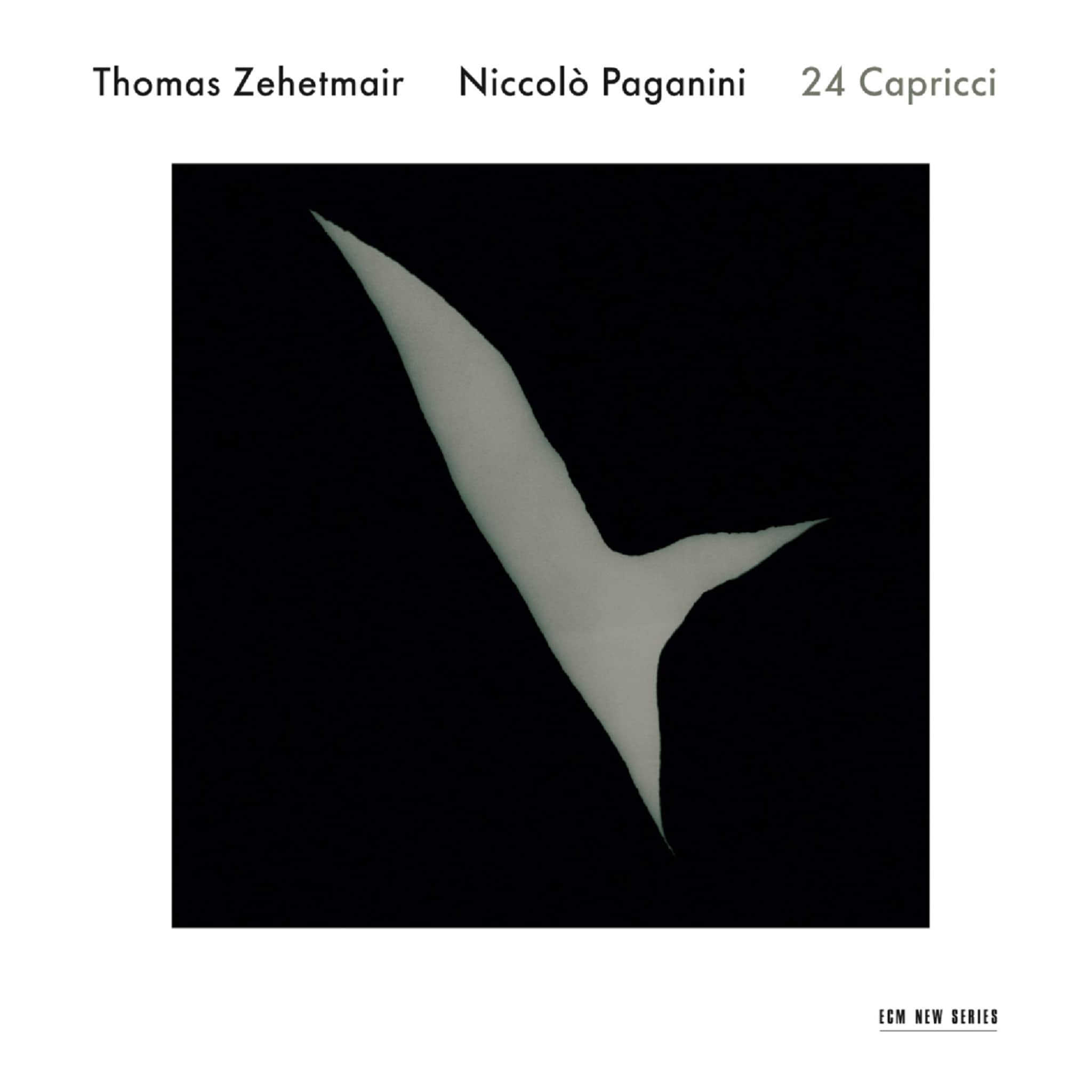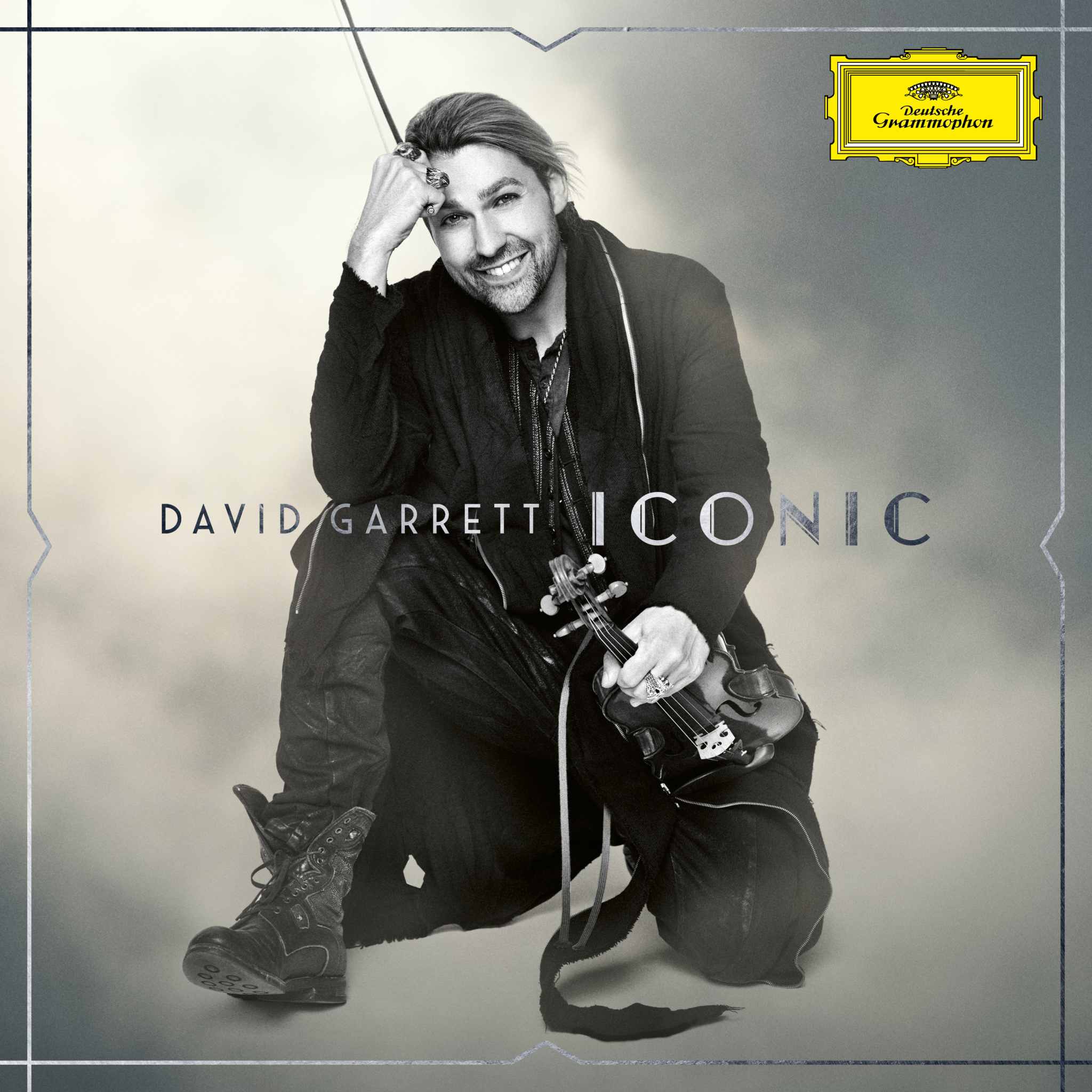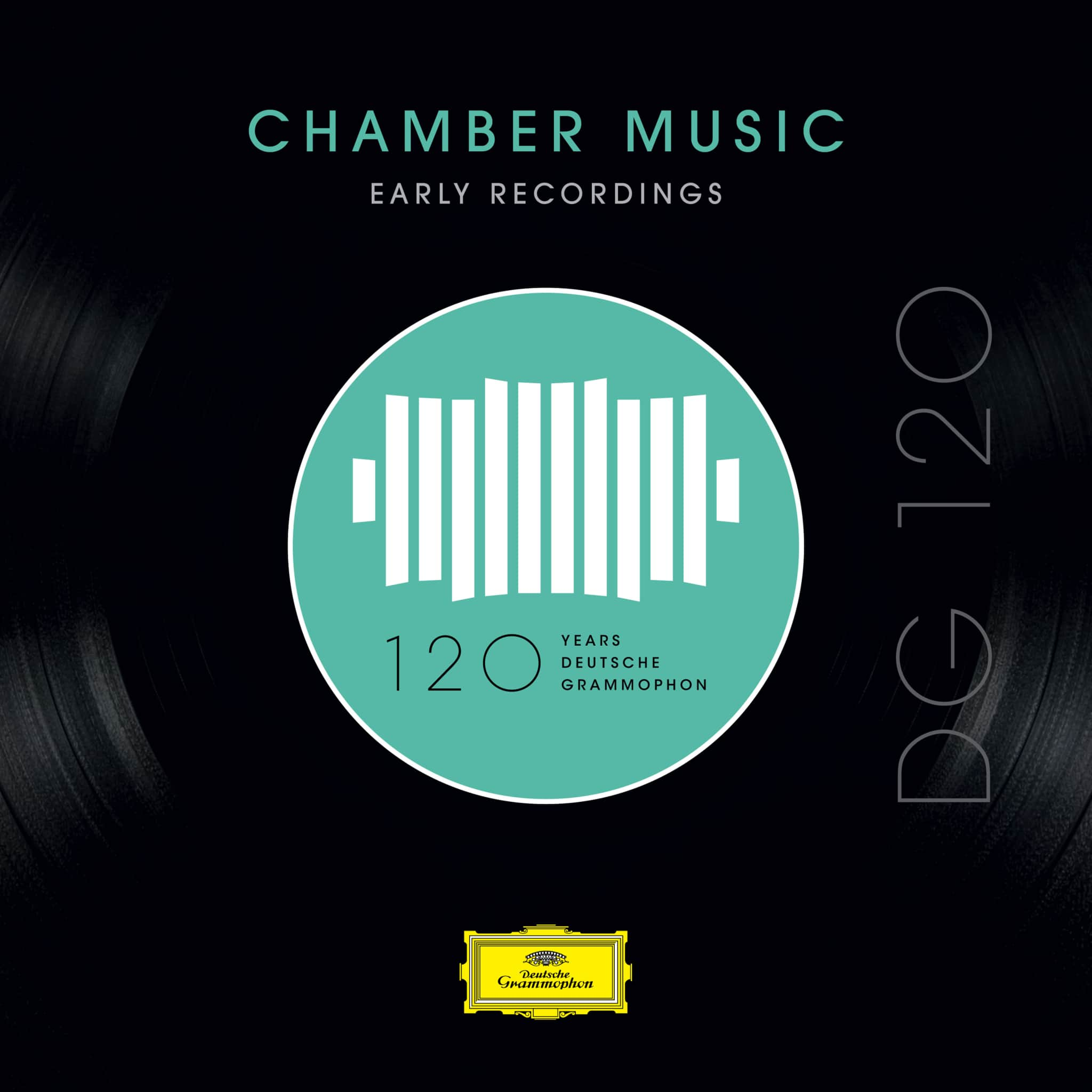Das faszinierende Leben und Werk von Niccolò Paganini: Von bescheidenen Anfängen zum musikalischen Ruhm
Niccolò Paganini, 1782 als Kind einer armen Familie in Genua geboren, fand seine Berufung bereits im zarten Alter von fünf Jahren mit der Mandoline. Mit sieben Jahren verlegte er seinen Schwerpunkt auf die Violine, was den Beginn seiner Reise markierte, der größte Geigenvirtuose der Welt zu werden.
Paganinis Einfluss auf die klassische Musik: Einblick in seinen Werdegang, seine Erfolge und sein nachhaltiges Vermächtnis
Bereits 1795 erwies sich Paganini als außergewöhnliches Talent. Die ersten Unterrichtsstunden erhielt er von seinem Vater und von lokalen Musikern, später studierte er bei dem berühmten Alessandro Rolla. Rolla und ein weiterer bedeutender Geigenlehrer, Gasparo Ghiretti, spielten eine zentrale Rolle in Paganinis früher musikalischer Entwicklung. Der talentierte Komponist Ferdinando Paer brachte ihm zudem das Komponieren bei.
Paganinis Musikstil wurde maßgeblich durch seine Entdeckung von Locatellis „L’arte del violino“ beeinflusst. Entgegen der landläufigen Meinung besteht „L’arte del violino“ aus zwölf Violinkonzerten, die jeweils herausfordernde Capriccios enthalten, und nicht aus 24 Capricen. Diese Entdeckung hatte dennoch einen tiefgreifenden Einfluss auf Paganinis musikalische Entwicklung.
Paganinis Aufstieg zum Superstar
Niccolò Paganini trat im Jahr 1801 als freier Virtuose ins Rampenlicht. Trotz eines kurzen Tiefs in Lucca von 1801 bis 1805 nahm seine Karriere danach spektakulär Fahrt auf, als er ganz Italien bereiste und das Publikum mit seiner beispiellosen Virtuosität und Meisterschaft auf der Violine begeisterte. Für seinen großartigen Auftritt an der Mailänder Scala 1813 schrieb er „Le streghe“, ein Werk, das zusammen mit seinen 24 Capricen zu einem festen Bestandteil seiner Konzerte wurde.
Paganinis Konzerte waren für ihr mitreißendes Showtalent und technische Neuerungen auf der Geige berühmt, darunter das linkshändige Pizzicato, rasche Saitenwechsel und umfangreiche Nutzung von Flageolett-Tönen, wodurch er neue Maßstäbe für das Geigenspiel setzte. 1828 entschloss sich Paganini, Italien zu verlassen, um mit seinem musikalischen Können ganz Europa zu faszinieren – ein Vorhaben, das ihm mit Bravour gelang.
Paganinis Vermächtnis
Sein Tod im Jahr 1840 in Nizza markierte das Ende einer von Paganinis Genie geprägten Ära. Seine beeindruckende Geschichte vom einfachen Anfang bis zum Gipfel der musikalischen Meisterschaft inspiriert bis heute Musiker, Komponisten, Kritiker und Impresarios. Seine 24 Capricen für Violine solo, Op. 1, und seine sechs großen Violinkonzerte gelten als einige der schwierigsten Werke im Violinrepertoire und sind unverzichtbarer Studienstoff für angehende Virtuosen. Sein Vermächtnis zeugt von technischer Innovation und ausdrucksstarker Bandbreite, die einen bleibenden Einfluss auf die Aufführungspraxis und Komposition für die Violine hinterlassen haben.

